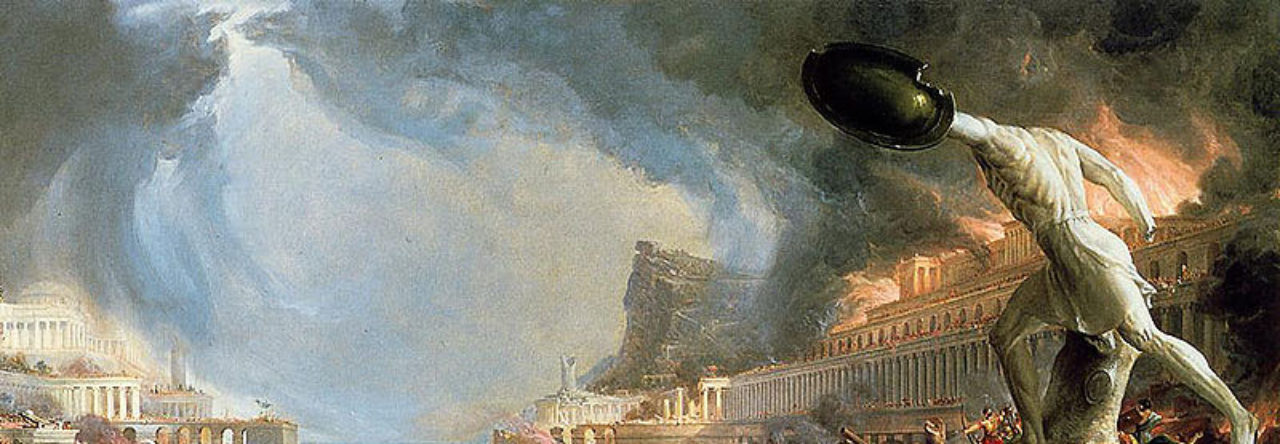**This Post Is By Tony Wikrent**
Strategic Political Economy
How Swedes and Norwegians Broke the Power of the ‘One Percent’
[Films for Action, via Naked Capitalism 3-14-19]
By 1935, Norway was on the brink. The Conservative-led government was losing legitimacy daily; the 1 percent became increasingly desperate as militancy grew among workers and farmers. A complete overthrow might be just a couple years away, radical workers thought. However, the misery of the poor became more urgent daily, and the Labor Party felt increasing pressure from its members to alleviate their suffering, which it could do only if it took charge of the government in a compromise agreement with the other side.
This it did. In a compromise that allowed owners to retain the right to own and manage their firms, Labor in 1935 took the reins of government in coalition with the Agrarian Party. They expanded the economy and started public works projects to head toward a policy of full employment that became the keystone of Norwegian economic policy. Labor’s success and the continued militancy of workers enabled steady inroads against the privileges of the one percent, to the point that majority ownership of all large firms was taken by the public interest. (There is an entry on this case as well at the Global Nonviolent Action Database.)
The one percent thereby lost its historic power to dominate the economy and society. Not until three decades later could the Conservatives return to a governing coalition, having by then accepted the new rules of the game, including a high degree of public ownership of the means of production, extremely progressive taxation, strong business regulation for the public good and the virtual abolition of poverty. When Conservatives eventually tried a fling with neoliberal policies, the economy generated a bubble and headed for disaster. (Sound familiar?)
Labor stepped in, seized the three largest banks, fired the top management, left the stockholders without a dime and refused to bail out any of the smaller banks. The well-purged Norwegian financial sector was not one of those that lurched into crisis in 2008; carefully regulated and much of it publicly owned, the sector was solid.
The Birth of Predatory Capitalism: How the Free World Took Four Giant Leaps to Self-Destruction
[Medium, via Mike Norman Economics 2-10-19]
Economics in the real world
“Lawmakers who supported the ban said cashless stores were unintentionally discriminating against people in the community who don’t have debit or credit cards, since they would be unable to make purchases. Cash is also an appealing choice for people who want to keep their purchasing history private from retailers, credit card companies, or perhaps even spouses. It also negates any potential risks, in the event a company is breached and customer information is leaked to hackers. While cash and coins are legal tender, there is no federal law that requires businesses to accept them, according to the Federal Reserve’s website.”
“[T]he Amazon is the world’s longest river not crossed by any bridges… For most of its length, the Amazon isn’t anywhere close to too wide to bridge—in the dry season. But during the rainy season, the river rises thirty feet, and crossings that were once three miles wide can balloon to thirty miles in a matter of weeks. The soft sediment that makes up the river bank is constantly eroding, and the river is often full of debris, including floating vegetation islands called matupás, which can measure up to 10 square acres. It’s a civil engineer’s worst nightmare. But the real reason for the lack of bridges is simply this: the Amazon Basin has very few roads for bridges to connect.”
‘They Never Stopped, Ever’: Here Are Some of Your Student Loan Horror Stories
Earlier this week, in the aftermath of the college admissions scandal, I wrote about my own experience with college and student loans. After that post, many of you emailed me and relayed your own heartbreaking and ridiculous stories about student loans, and the shit you’ve put yourself through to pay…
What the Hell Actually Happens to Money You Put in A Flexible Spending Account?








